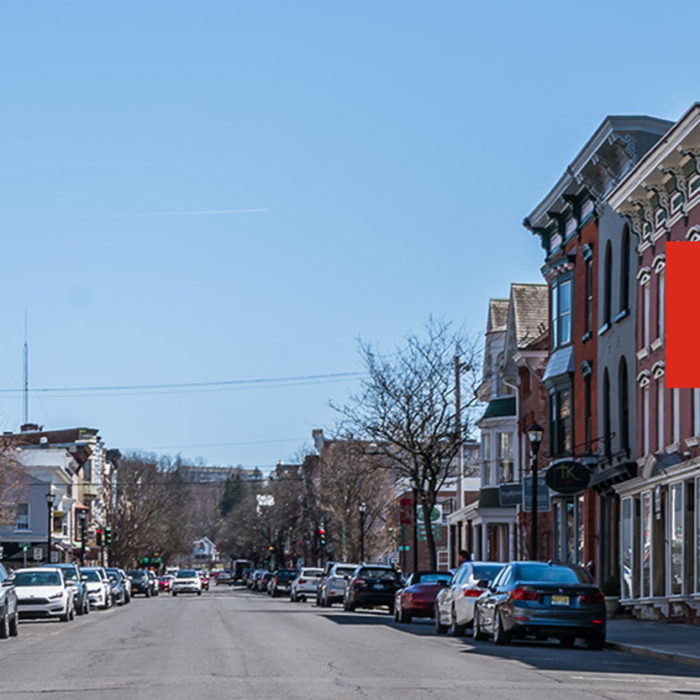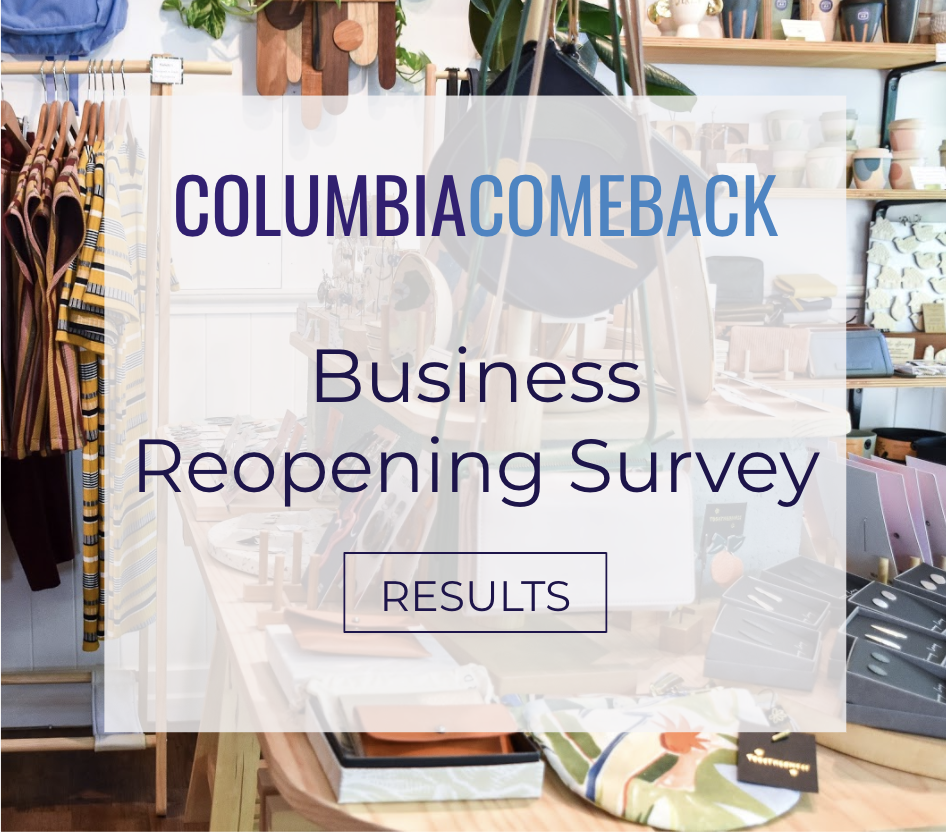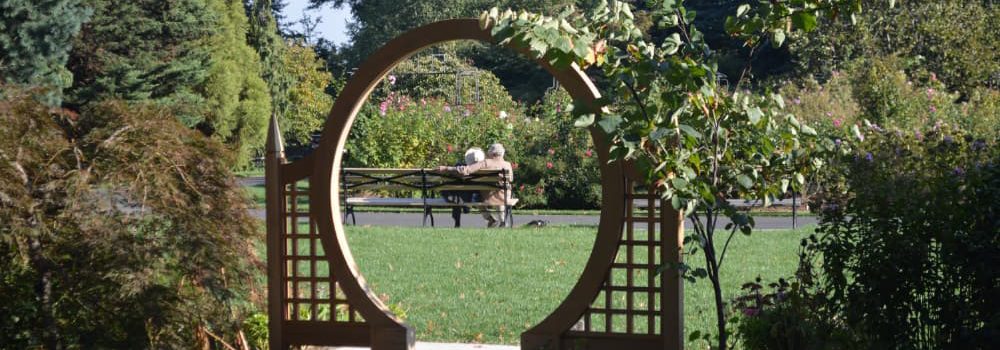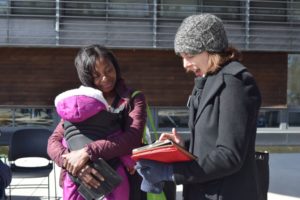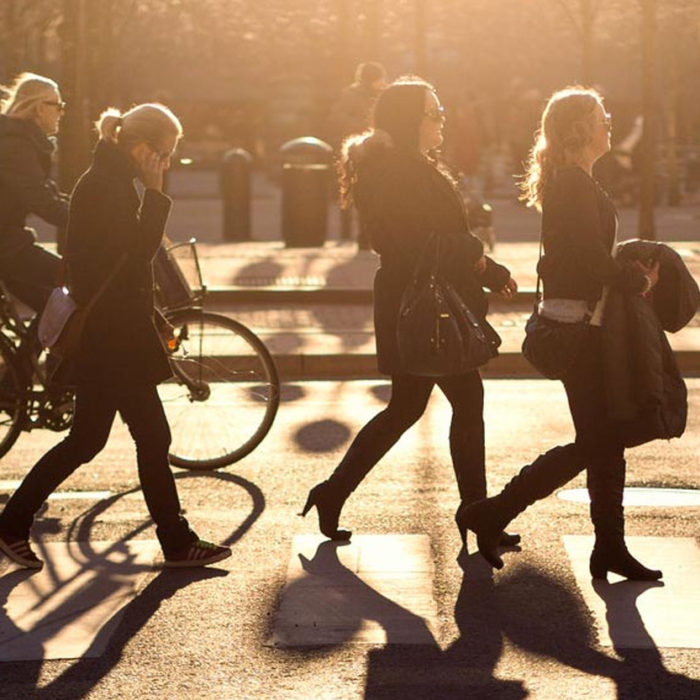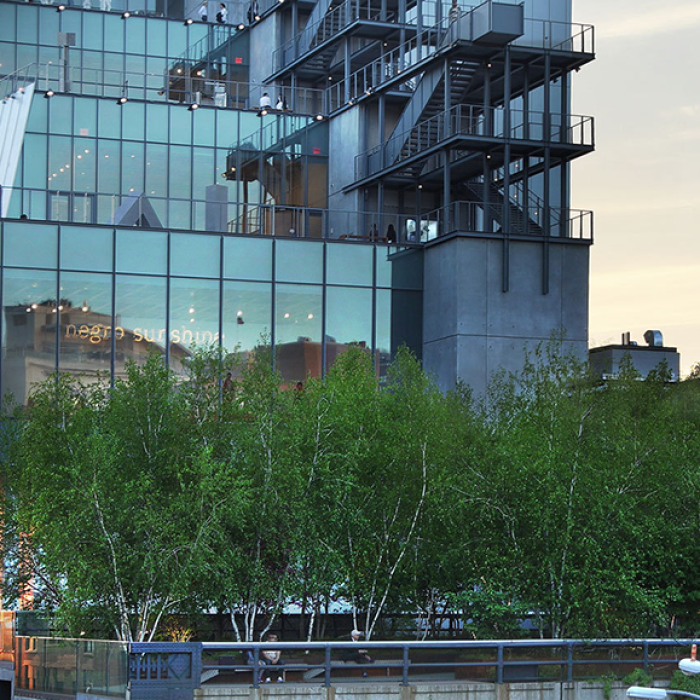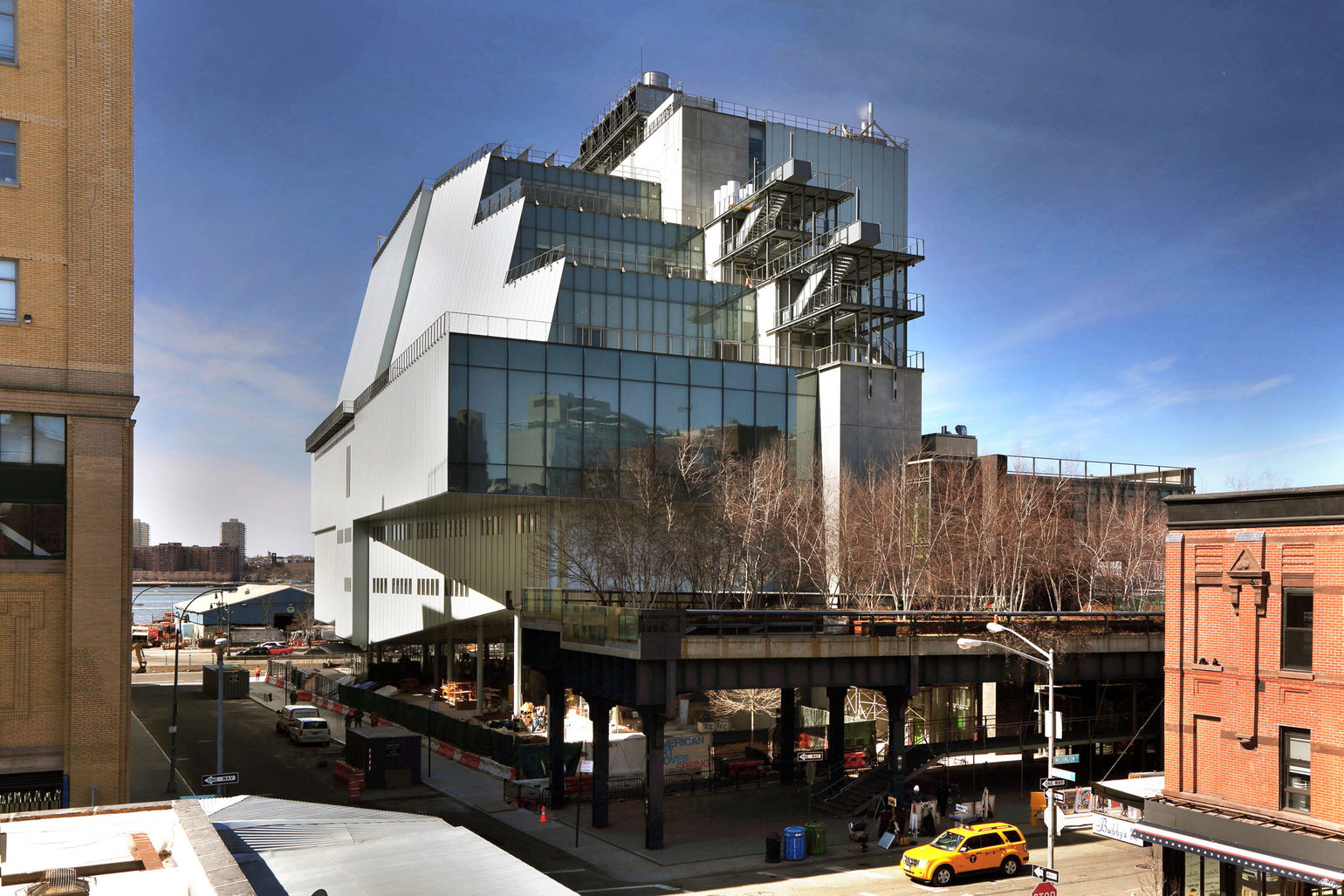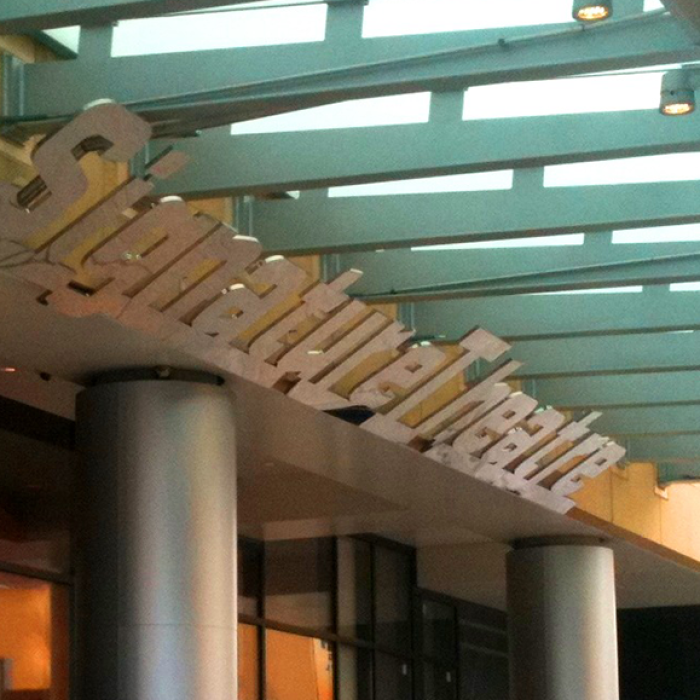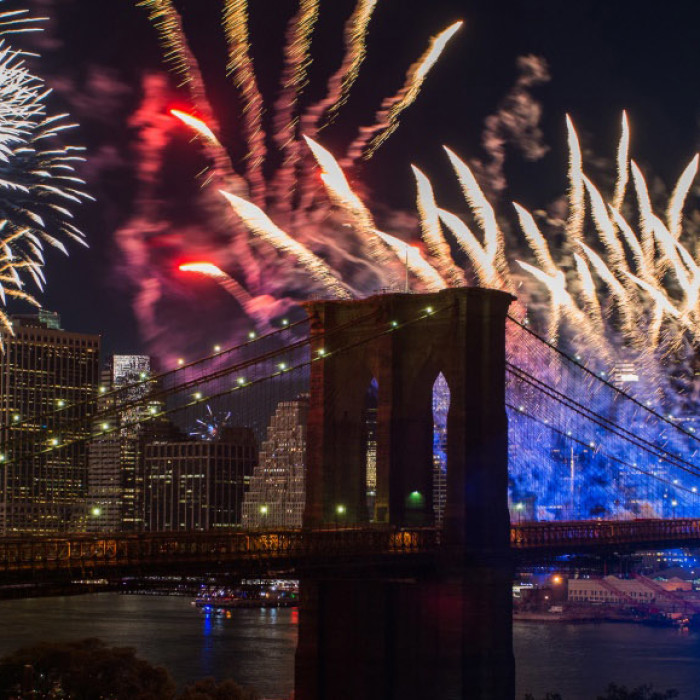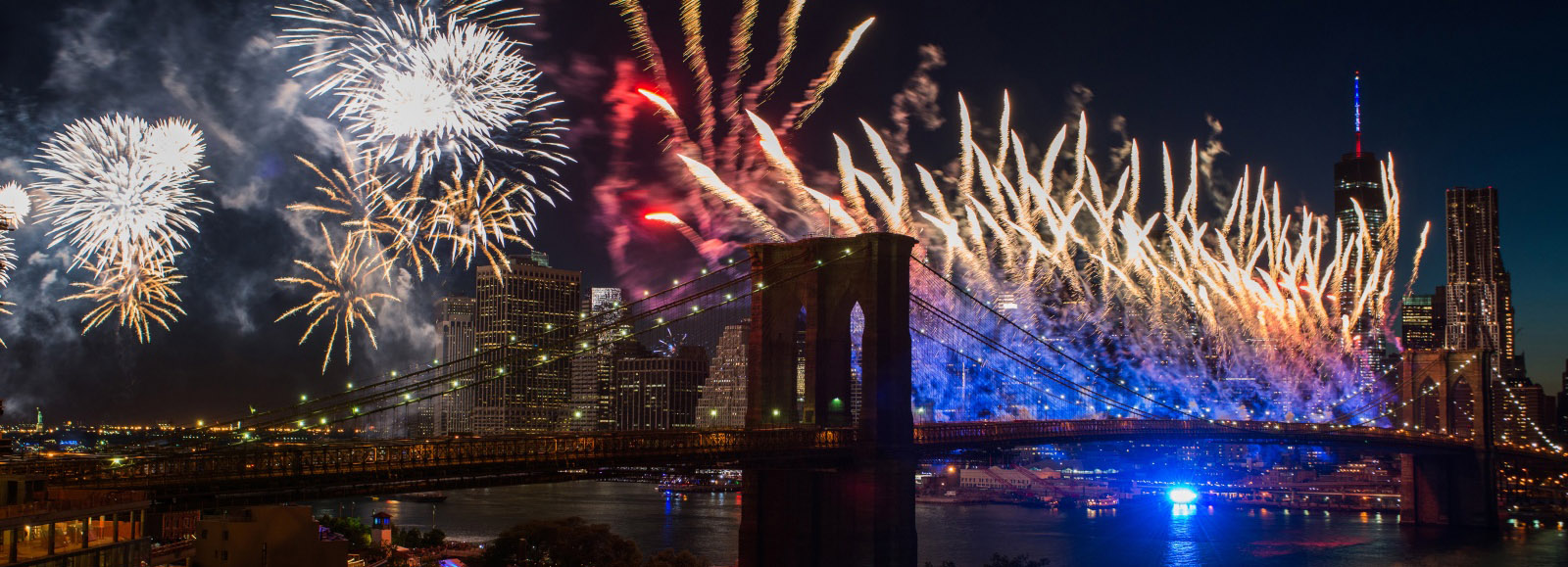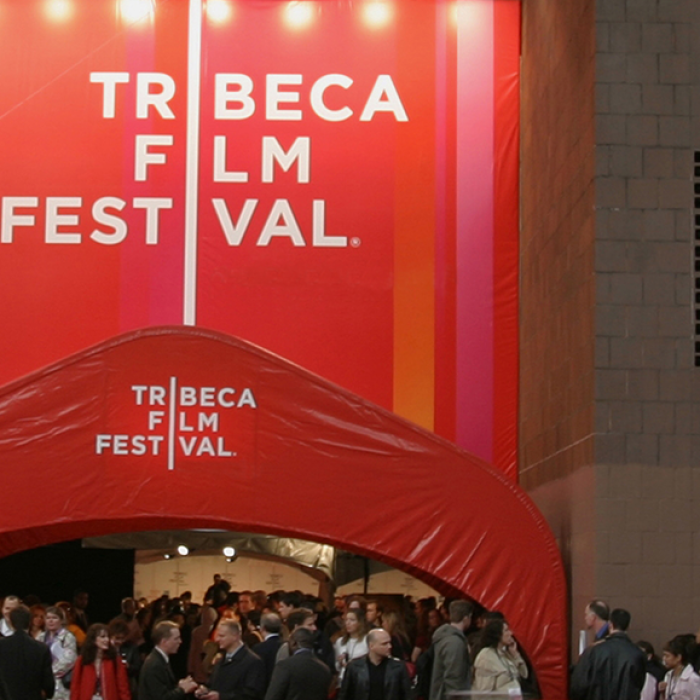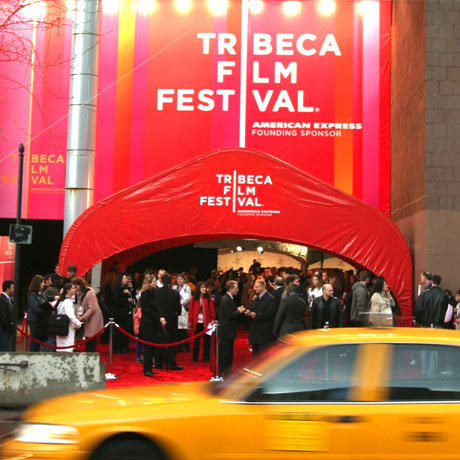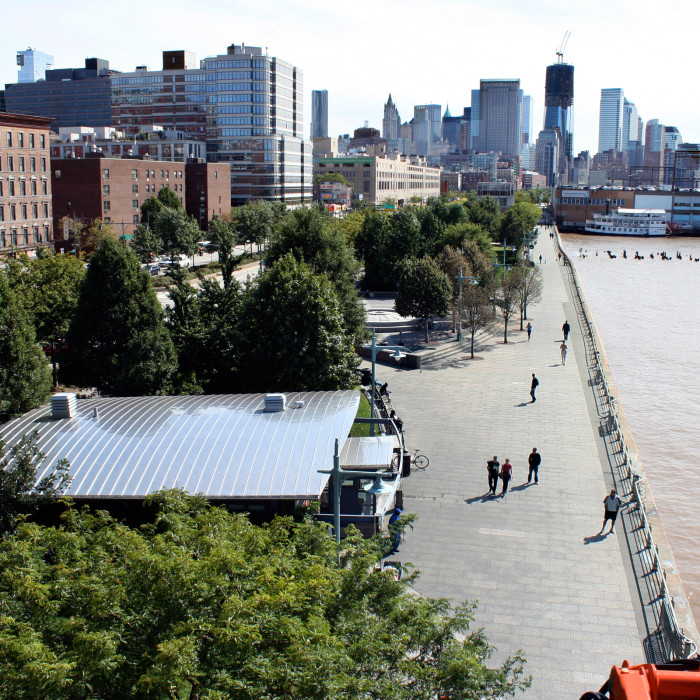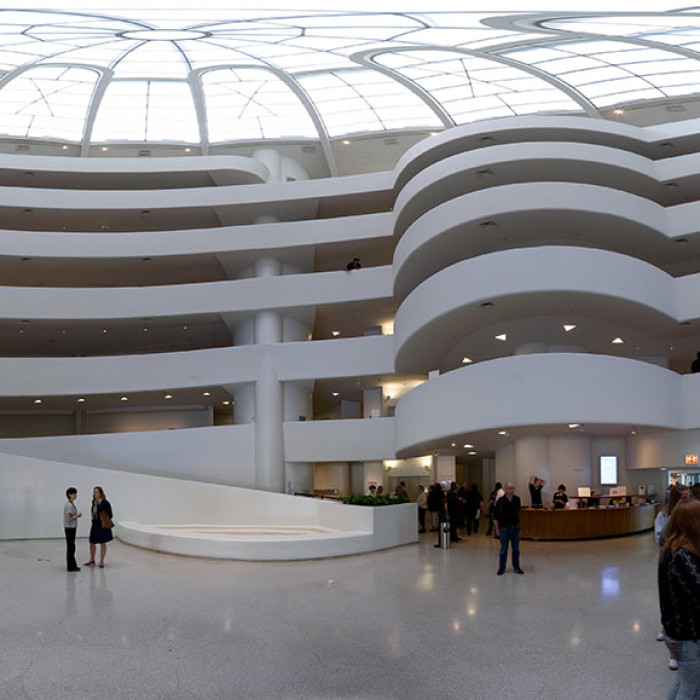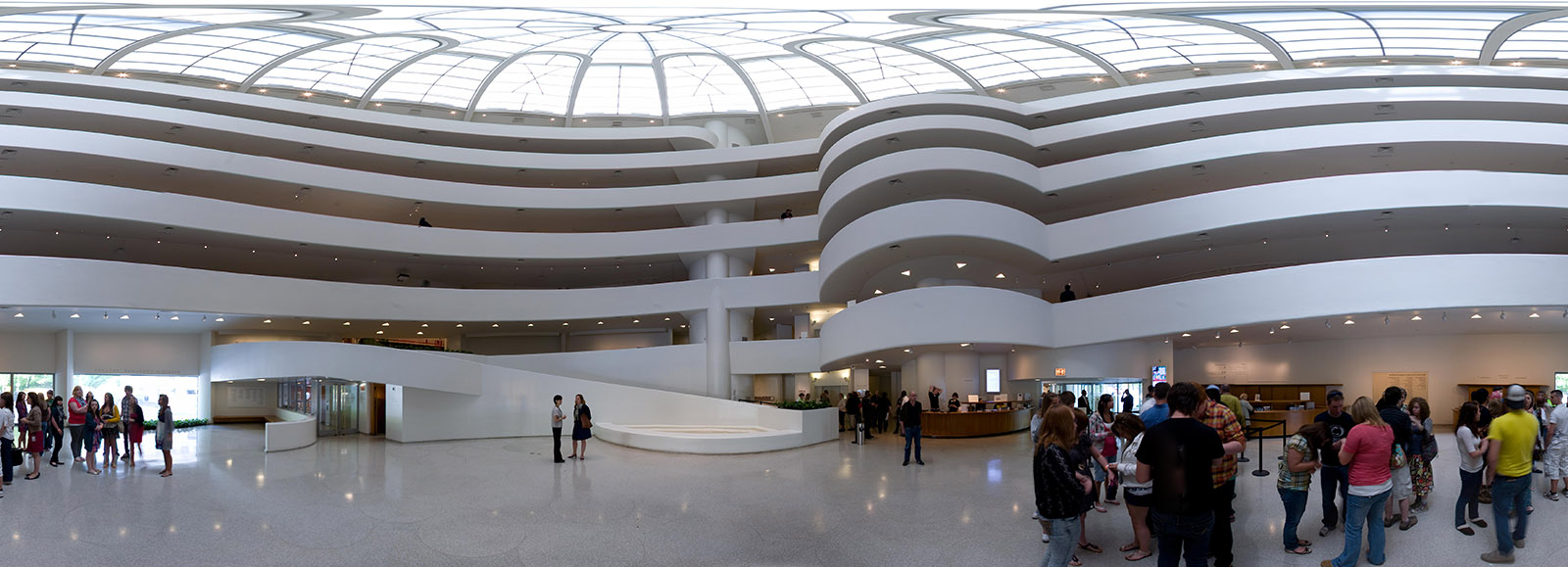ARA conducted a survey for Friends of Hudson River Park to understand who visited, what they did there, and what changes they would like to see in the future. ARA interviewed 1,288 park visitors from Chambers Street to West 55th Street. Most completed the questionnaire onsite but some chose to go to the dedicated website to respond after their activity in the Park.
About half of the Park visitors lived in Manhattan, but almost 30 percent were visitors from outside New York City. With a median age of 38 years, park visitors were relatively young. They were also diverse, well-educated and economically upscale. A little more than half were male.
About one-fourth came to HRP to relax while almost one-fifth came to exercise (run, job, or bike). Ten percent came to participate in sports such as basketball, soccer, tennis or kayaking. Almost half came at least at least once a week although one-fifth were visiting for the first time. Among those who had been to the park previously, the three most regularly used features were the running paths, turf lawns for exercise and family activities, and bike paths.
There were several misperceptions about Hudson River Park. For example, one-half believed the Park was part of the NYC Parks Department, which it is not. Four out of ten thought the Park received public funding for its operations, which it does not.
Respondents praised the park, often referring to it as “perfect.” Among the services or amenities visitors desired more of, however, were water fountains and bathrooms, places to eat including coffee and food stands, Wi-Fi, pools/swimming, and information about activities at the park.




